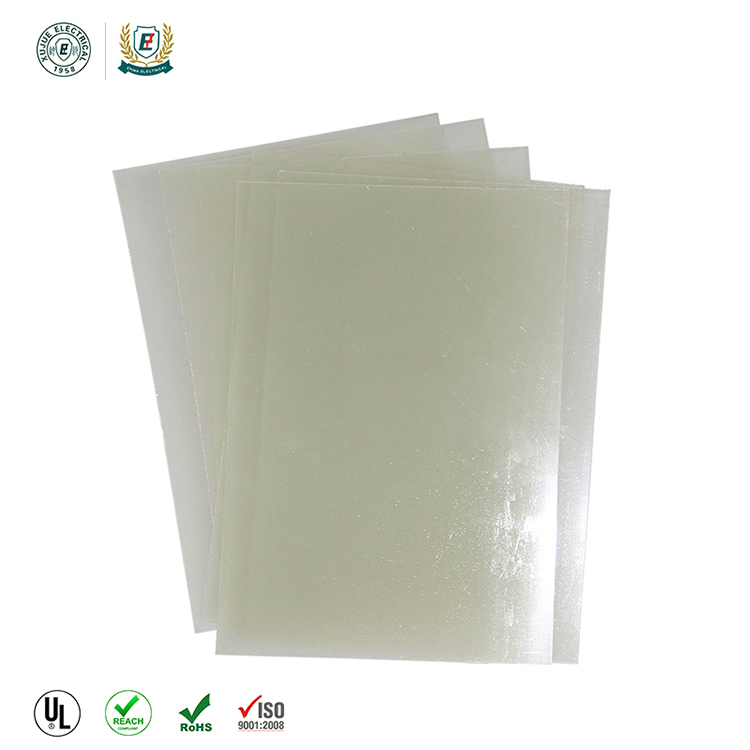The Insulation Properties of Insulating Materials are Closely Related to Temperature
The insulation properties of insulating materials are closely related to temperature. The higher the temperature, the worse the insulation properties of the insulating material. To ensure dielectric strength, each insulating material has an appropriate maximum allowable operating temperature below which temperatures can be safely used for long periods of time. Above this temperature, it will age rapidly. According to the degree of heat resistance, the insulating materials are classified into Y, A, E, B, F, H, C and the like. For example, the maximum allowable operating temperature of the insulating crepe paper tube material is 105 ° C, and most of the insulating materials used in distribution transformers and motors are classified as Class A.

Commonly used insulating materials are classified into inorganic insulating materials, organic insulating materials and mixed insulating materials according to their chemical properties.
The function of the insulating material is to isolate the charged parts of different electrical potentials in the electrical equipment. Therefore, the insulating material should first have high insulation resistance and compressive strength, and can avoid accidents such as electric leakage and breakdown. Secondly, the heat resistance is better, avoiding deterioration due to long-term overheating; in addition, it should have good thermal conductivity, moisture resistance, high mechanical strength and convenient processing. According to the above requirements, the performance indexes of commonly used insulating materials include dielectric strength, tensile strength, specific gravity, and expansion coefficient.

Insulation withstand voltage: The higher the voltage applied across the insulator. The electric field force received by the electric charge in the material is larger, and the ionization collision is more likely to occur, causing breakdown of the insulator. The lowest voltage at which an insulator breaks down is called the breakdown voltage of this insulator. When a 1 mm thick insulating material is broken down, the voltage kilovolts to be applied is called the dielectric withstand strength of the insulating material, which is referred to as the dielectric strength. Since the insulating materials have a certain dielectric strength, for various electrical equipment, various safety appliances (electrician pliers, electroscopes, insulated gloves, insulating rods, etc.), various electrical materials, manufacturers have specified a certain allowable voltage, It is called the rated voltage. The voltage to be used during use shall not exceed its rated voltage to avoid accidents.